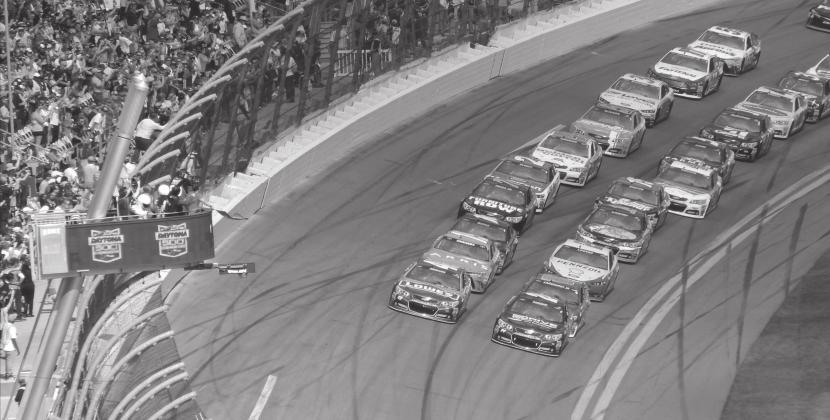The inaugural Daytona 500 was held in 1959. Since then, the race has become one of professional racing’s biggest and most popular events.
The Daytona 500 has produced its share of history, and even tragedy. The following are some of the more memorable events from NASCAR’s seasonopening race.
• 1959: NASCAR pioneer Lee Petty wins the inaugural Daytona 500. If Petty’s name sounds familiar to young racing enthusiasts, that’s because he’s the father of the iconic Richard Petty, who would become one of racing’s most successful drivers and team owners. And in a testament to the adage “like father, like son,” the younger Petty would win the Daytona 500 a record seven times.
• 1965: Typically a 200-lap race, the Daytona 500 is shortened to 133 laps in 1965. That marked the first such time the race did not finish 200 laps.
• 1968: In a thriller, Cale Yarborough wins his first Daytona 500 after executing a successful slingshot pass with just five laps to go. The move paved the way for Yarborough to win the race by 1.3 seconds. Yarborough overcame various obstacles during the race, including the failure of his car’s primary ignition system in the first year that NASCAR teams employed such systems.
• 1974: The 1973 oil crisis, a situation that arose from the Yom Kippur War that led to an oil embargo targeting several western nations, affected the 1974 Daytona 500. As a result of the crisis, the Daytona 500 was shortened to 180 laps. Richard Petty won the race, becoming the first driver to win it in consecutive years.
• 1979: The 1979 Daytona 500 marks the first time the race is broadcast live on national television, reflecting the growing popularity of the sport.
• 1985: After finishing in the top five three straight times between 1982 and 1984, Bill Elliott put forth a dominant performance in 1985, leading for 136 of the 200 laps. A forced pit stop for a broken headlight assembly almost derails Elliot’s legendary effort, but the Georgia native overcomes that and a late caution flag to secure his first Daytona 500 victory.
• 1989: Despite having competed in the race 16 times, Darrell Waltrip had not had much luck etching his name into the Daytona 500 history books prior to 1989. But Waltrip’s 17th start proved to be the charm as the veteran driver ran on fumes, stretching his final tank of fuel for 53 laps to win the race.
• 1990: Derrike Cope pulls off one of the greatest upsets in the history of the Daytona 500, earning his first victory and even his first top five finish.
• 1998: After years of frustration in Daytona, including a narrow loss to Cope in 1990, Dale Earnhardt finally wins the Daytona 500. During a slow drive through pit road after his victory, Earnhardt is congratulated by his competition.
• 2001: Just three years after he finally won the Daytona 500, Earnhardt dies from injuries sustained in a crash on the final lap. Earnhardt was behind just two other drivers on the final lap, including his son, Dale Jr. But the elder Earnhardt lost control of his car after making contact with another car, crashing into a wall and suffering a fatal skull fracture.
• 2003: Rain shortens the race to just 109 laps, its shortest length ever. Michael Waltrip earns his second Daytona 500 victory.
• 2011: To mark the tenth anniversary of Earnhardt’s death, the third lap of the 2011 Daytona 500 is designated as a silent lap in reference to the fallen legend’s #3 car. Television and radio announcers remain silent throughout the lap as fans in attendance hold up three fingers.

